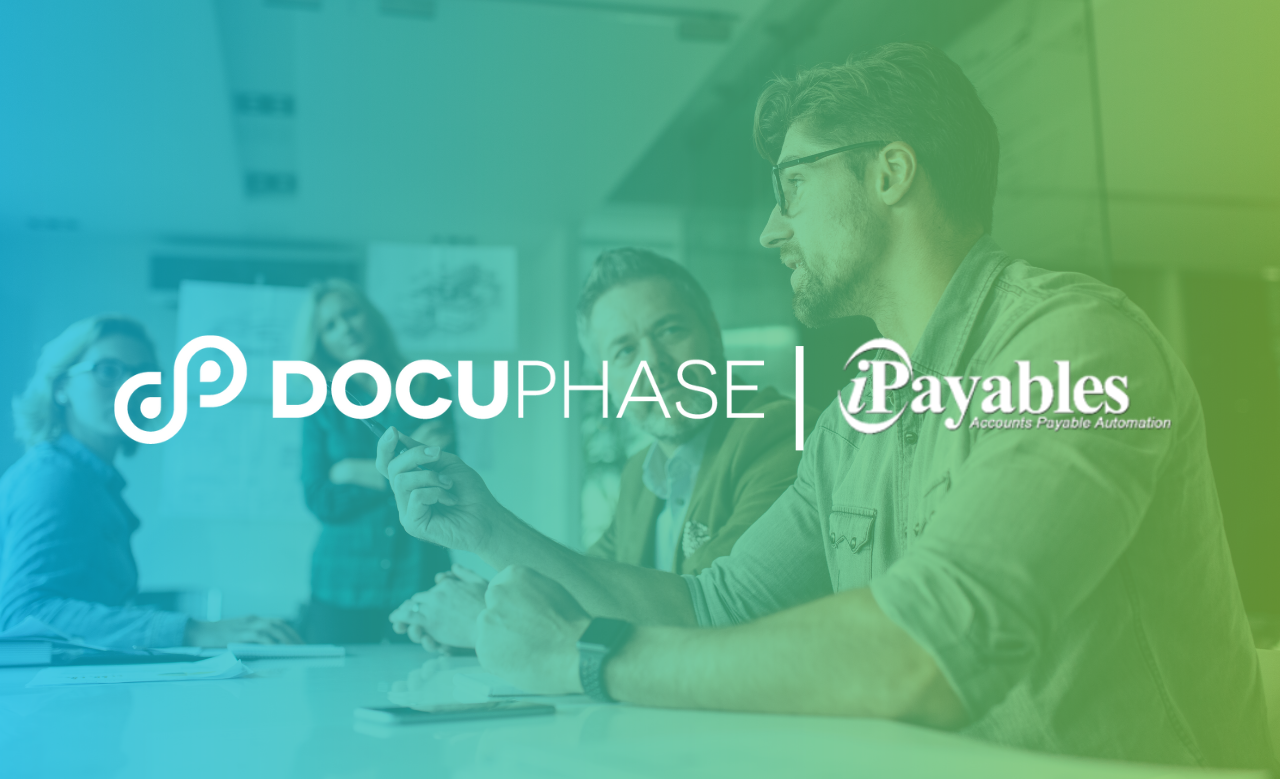How Business Process Automation Solves CFOs' Top Stressors for 2023
In 2023, justifying an investment in process automation revolves around the potential to enhance productivity without requiring additional resources....

The business landscape is in a constant state of flux, with the emergence of new technologies, an increase in economic uncertainty, and shifts in the generational workforce all contributing to the growing changes and challenges.
These changes are having a significant impact on the way that businesses operate, and the accounts payable (AP) department is no exception.
In the past, AP departments were largely focused on manual tasks such as data entry, invoice processing, and payment approval.
However, mounting pressures to “do more with less” have led CFOs to seek new ways to help their workforce become more efficient and more focused on strategic initiatives.
To accomplish this, the back office of the CFO has become progressively more reliant on technology–namely automation–to streamline processes and improve productivity. In fact, in the face of a worsening economy, 78% of CFOs plan to maintain or increase investments in digital transformation to help their business come out on top.
In this article we’ll examine how the tech stack of the AP department has evolved over the years, discuss the challenges of using disparate systems to comprise a tech stack solution, and share our tips on building a modern software infrastructure for the CFO’s back office.
The Evolution of AP Software
The history of AP automation software can be traced back to the early 1990s, when the rising popularity of personal computers led AP departments to adopt basic on-premises accounting software to optimize processes.
Although these systems provided some time-saving benefits to employees, they were not optimal business solutions, being costly, difficult to maintain, and lacking integration with other systems.
Internet connectivity became more widespread in the 2000s, AP departments began leveraging online invoice processing systems.
These cloud-based platforms offered new levels of flexibility, convenience, and efficiency to finance teams, while also integrating with legacy platforms to reduce the risk of errors caused by duplicate data entry across systems.
In recent years, AP software has continued to evolve. Independent software vendors (ISVs) have emerged to fill gaps and supplement other platforms, offering specialized point solutions for virtually every process in the AP department.
These modern AP software solutions provide a broad range of capabilities, from machine learning-powered data capture to automated 3-way matching and integrated vendor payments.
The Challenges of Fragmented AP Software
The modern AP department has access to an abundance of software, but taking an "a la carte" approach to finance tech creates a range of challenges, including:
In addition to these challenges, disparate software solutions in the AP department create challenges at nearly every level for those who must interact with them. For example:
When AP staff, IT teams, and CFOs must juggle multiple software solutions, it ultimately undermines the effectiveness of the finance team and puts the organization at risk of financial data loss or mismanagement.
The modern tech stack for today’s CFO is a platform solution that offers everything they need to help digitize and automate the day-to-day tasks of AP teams.
Such a solution should have:
Most importantly, the best tech stack for the modern CFO offers all of these processes in one place. By consolidating technology, you minimize manual entry efforts, reduce the burden on IT staff, and retain complete visibility into operations and cash flows.
The current economic climate is uncertain, with recession fears and inflation concerns adding to the challenges that businesses face. In this environment, it's crucial for CFOs to have an optimized tech stack that can support their finance teams and help them navigate choppy financial waters.
Rather than piecing together disparate software solutions, CFOs should reevaluate and seek opportunities for consolidated platform solutions. This approach provides a more cost-efficient and convenient solution, without sacrificing any of the functionality their back-office needs.
Want to get started building your modern tech stack? Watch this webinar with our tips on finding “the one” when evaluating AP software solutions.
Schedule a chat with an automation expert today to see how DocuPhase’s business process automation solutions can help you build your business’ digital resilience strategy for the present and the future.

In 2023, justifying an investment in process automation revolves around the potential to enhance productivity without requiring additional resources....

DLC TAMPA, Fla.,March 1, 2023/PRNewswire/ -- DocuPhase, a leading provider of business process and accounting automation, document management, data...

A CFO’s work is never done—especially when it comes to maintaining their organization’s financial health and continued success.